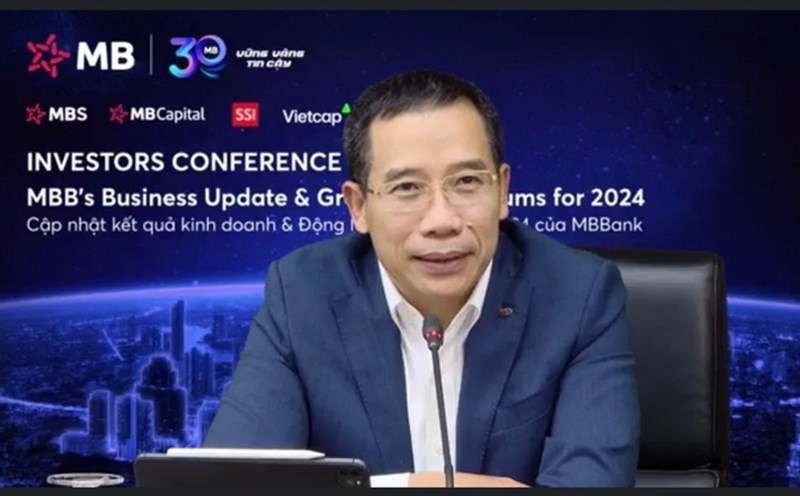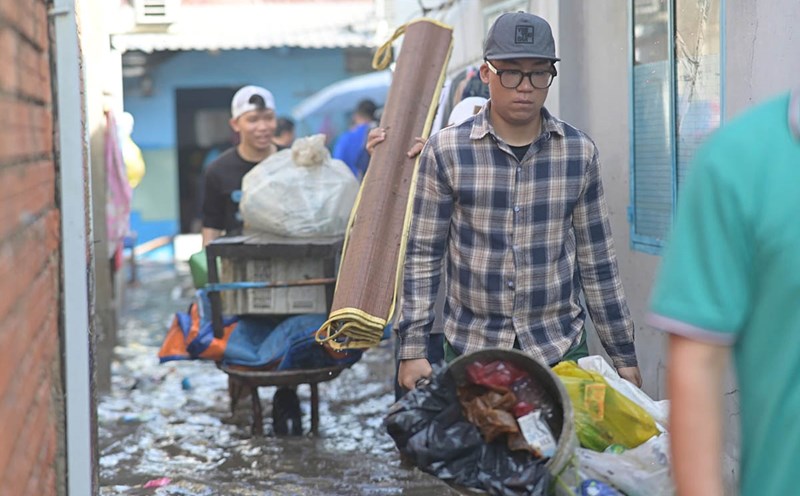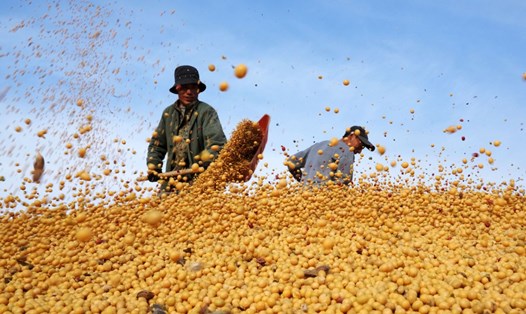Genetically modified plants are no longer controversial
For a long time, genetically modified (GMO) crops have created fierce controversy around the world due to concerns about food safety, the environment and the exclusive control of seed owners.
However, up to this point, according to CropLife Vietnam - an Association of the world's leading companies in agricultural technology development - gene editing technology, especially techniques such as CRISPR, is changing the way of looking.
According to CropLife Vietnam, at the meeting on July 25, the Ministers of Food of Australia and New Zealand approved Proposal P1055, changing the way of defining genetically modified foods in the direction of relying on the final product, not on the technical process.
Only products with new DNA, meaning genetic materials cannot be created naturally, are classified as belonging to the group of genetic changes and need to be strictly managed. Genetically modified products without foreign DNA will be considered a common food.
The European Union, which is known for its strictness, has also changed direction. The new regulation classifies genetically modified crops into two groups: NgoT type 1 (which can appear naturally or through traditional hybreding) will not be considered a genetically modified animal; while NgoT type 2 is still subject to strict management, has labels and risk assessments.
Important lessons
Vietnam started growing genetically modified corn in 2015, after a series of strict risk assessment and licensing processes. According to statistics, the area of genetically modified corn will reach 220,000 hectares by 2022, accounting for more than 26% of the country's corn growing area.
Genetically modified corn in Vietnam has an average increase in yield of more than 30%, the amount of pesticides used has decreased by 78%, the profit has increased by about 4.5 - 5 million VND/ha, showing clear economic efficiency.
However, genetically modified corn also leaves important lessons. The report of the Department of Crop Production shows that changes in pests require close ecological monitoring and timely research prevention.
At the same time, productivity is only outstanding in areas with high pressure for pests and diseases. This shows that the application of technology must be accompanied by specific instructions for use according to regions/incidents to maximize efficiency.
Another problem is that Vietnam currently does not have a separate legal framework for gene editing but is still classified as a group of GMO, causing many difficulties for businesses to research, testing and commercialize. This is something that needs to be adjusted soon.
In the context of climate change, degraded land, pests and diseases and increasingly fierce supply chain competition, gene editing technology is emerging as an indispensable solution to build sustainable agriculture. But technology only promotes value when accompanied by appropriate policies.








